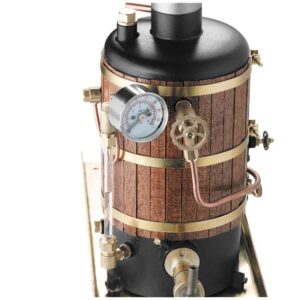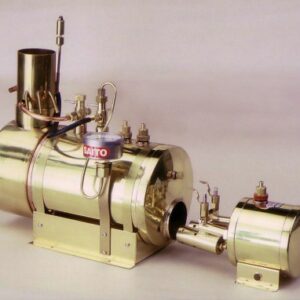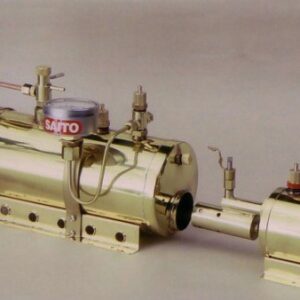Steam Engines
The history of steam engines on ships dates back to the early 19th century when the first successful steam-powered vessel, the paddle steamer Charlotte Dundas, was launched in 1802 by Scottish engineer William Symington. This marked the beginning of a new era in maritime transportation, as steam engines gradually replaced traditional wind-powered ships.
In 1812, American engineer Robert Fulton built the first commercially successful steamboat, the Clermont, which operated on the Hudson River. This sparked a wave of steamboat construction in the United States, with many vessels being used for transportation of goods and passengers on rivers and lakes. However was not until the 1830s that steam engines were first used on ocean-going ships.
In 1838, the SS Great Western became the first steamship to cross the Atlantic Ocean, reducing the journey time from several weeks to just 15 days. This success led to the development of larger and more powerful steamships, such as the SS Great Britain and the SS Great Eastern, which could carry more passengers and cargo.
- Out of Stock
- Read more
- $850.00
B2G Boiler and Burner Set – Saito
- Out of Stock
- Read more
- $150.00
B3 Burner Only – Saito
The use of steam engines on ships also had a significant impact on trade and commerce. With the ability to travel against the wind and currents, steamships could navigate more efficiently and reliably, opening up new trade routes and increasing the speed of transportation. This led to a boom in international trade and the growth of global economies.
In the mid-19th century, the introduction of the compound steam engine, which used steam more efficiently, further revolutionized the shipping industry. This allowed for longer journeys and larger ships, making steam-powered vessels the preferred mode of transportation for both passengers and cargo.
The late 19th and early 20th centuries saw the peak of steam engine technology on ships, with the development of the triple-expansion engine and the steam turbine. These advancements greatly increased the power and efficiency of steam engines, making them the dominant form of propulsion for ships.
However, with the invention of diesel engines in the early 20th century, the use of steam engines on ships began to decline. Diesel engines were more compact, efficient, and required less maintenance, making them a more practical choice for modern ships.











